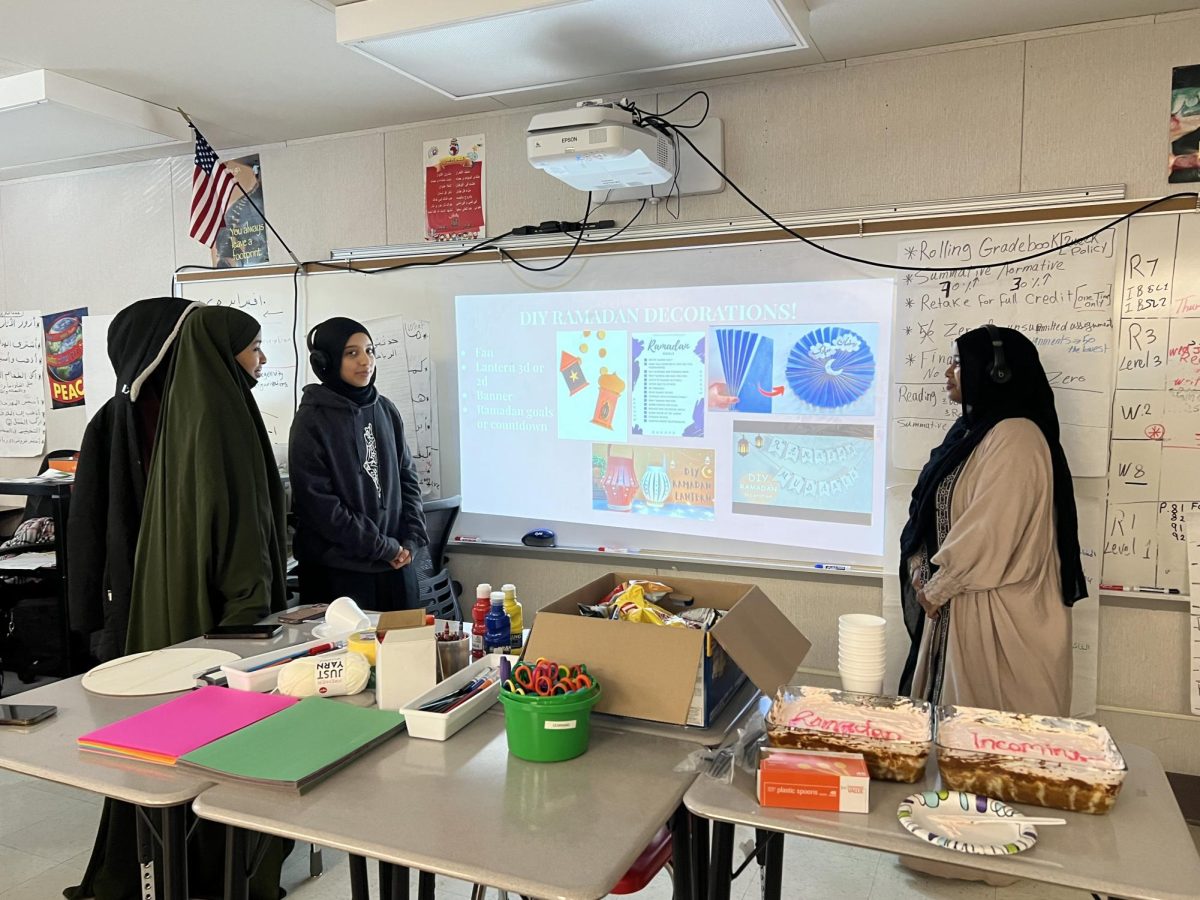A ceasefire has been agreed upon between the government of Israel and Hamas, temporarily pausing over 450 days of violent conflict in Gaza,for the next 42 days. “It’s very good news, and hopefully everyone is safe now and I hope it comes to a permanent end,” Sophomore Valeriana Cruz said.This agreement, facilitated through weeks of international efforts, has brought a cautious sense of hope to the region.
For students and young people who follow global events, this development highlights both the importance and complexity of peacebuilding efforts in conflict zones. The ceasefire deal includes an agreement for Israel to release Palestinian prisoners in exchange for the return of Israeli hostages, it also aims to stop the airstrikes and rocket attacks that have caused immense destruction, particularly in Gaza, where more than 50,000 people have lost their lives “The ceasefire deal is good for the Palestinians especially since the war has been going on for so long and caused so many deaths, leading to many humanitarian crisis.
There are many Palestinians here in AHS and it’s very relieving news” AHS Office Assistant Miriam Esquivel said.This violence has disrupted countless lives, leaving families displaced, communities devastated, and young people without access to education and basic resources. For students, it serves as a stark reminder of how armed conflicts can affect access to schools, healthcare, and safety for an entire generation. As part of the agreement, Gaza’s borders are set to open for humanitarian aid, allowing essential supplies like food, medicine, and clean water to reach those in desperate need.
There is also a plan to begin rebuilding damaged infrastructure, including schools and hospitals. These steps are crucial for creating a safer environment for students and young people to learn and grow.In return, militant groups have agreed to halt their attacks, while Israel has committed to pausing its military operations. This mutual pause provides an opportunity to restore some normalcy to daily life, giving students in the region a chance to return to their classrooms and pursue their education without constant fear of violence.
However, the sense of peace remains fragile. Many people in the region are skeptical about how long the truce will last, as decades of conflict have created deep mistrust. “I think there should be a permanent pause because a lot of people will keep losing their lives otherwise,” Junior Aarushi Lamichhane said. For students, this ongoing uncertainty shows the importance of learning about global issues, history, and diplomacy. Understanding these events can inspire future leaders to work toward lasting peace and stability in regions affected by conflict.
In conclusion, the ceasefire between Israel and Hamas is a significant, though fragile, step toward peace. For students, it is an opportunity to reflect on the human impact of conflict and the importance of striving for solutions that prioritize education, safety, and the well-being of all people. It serves as a reminder that even in the most challenging circumstances, there is hope for change through cooperation and understanding.










